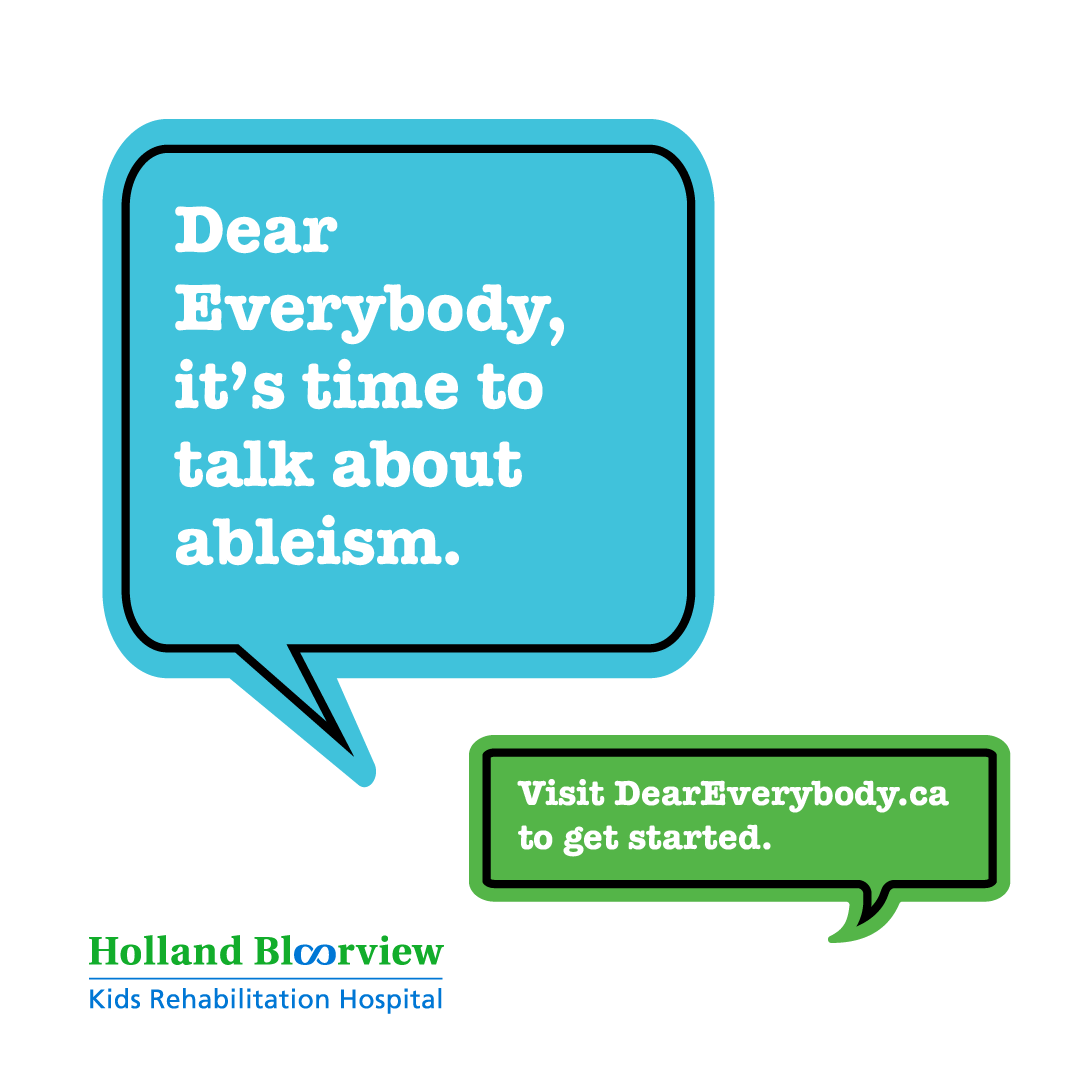For kids who are allies
Adapting common games so everyone can play
DOWNLOAD THIS PDFKids with disabilities want to play, just like any other kids. They want to interact, be active, socialize, make friends and join in the fun. All it takes are a few adjustments to common kids’ games, and kids with disabilities can participate. Here are examples of how popular games can be easily modified to ensure everyone can join in:
Playing tag
Instead of trying to touch one another, use a safe and soft object like a foam pool noodle. For tagging, be clear that tags must occur on the body and not on the chair or walker. Consider requiring two tags, giving kids extra time to move, or slowing down the movement style of other kids.
Instead of physically hiding, consider choosing an object to represent themselves and hide that instead. (Establish basic rules as to where others are allowed to hide things.)
For kids who use wheelchairs, establish rules such as the ball cannot hit only wheelchair, and must hit a participant’s body. Consider giving players numbers and using those numbers as the order they must be tagged in. This will help kids using wheelchairs or walkers who might move more slowly.
This classic can be made fun for kids of all abilities by changing the rules slightly – add additional flags, have multiple objects act as flags, create additional teams (instead of just two), and add costumes and props to tap into kids’ imaginations.
Adapt these games for kids with vision loss by creating textured surfaces for game pieces. For example, game pieces can be distinguished by gluing a textured surface or making holes in them. For kids with dexterity challenges use oversized game pieces for easy grasping, or card holders for card games. And consider using a height adjustable table so kids using wheelchairs can easily reach the game board.
Have all players sit cross legged, with a net (or makeshift net) lowered. Use a beach ball for safe and easy play.
Other games to consider:
Parachutes
Brightly coloured and blowing in the breeze, it’s no wonder parachutes are loved by kids of all abilities. You can strap on onto a wheelchair and watch it go, or sit in a circle and blow it up in the air. Putting cuddly toys on top or singing songs adds to the fun.
Arrange spots or markers on the floor that are reachable for kids of different abilities. Play music to give kids time to move their body over a spot by any means, including rolling, shuffling or crawling. When the music stops, count the number of spots covered. Giant floor dots or paint/chalk dots for outdoors.
Think of it as mini golf with your feet. Kicking the ball into the trash can, laundry basket, or toy cardboard box is a great balance and coordination exercise.
Bubbles must be the international language of outdoor fun! If your child with special needs can’t blow them by themselves, have the kids take turns playing “pop the bubble” games to include everyone.
If we can’t include everyone in a game, we aren’t playing it right
